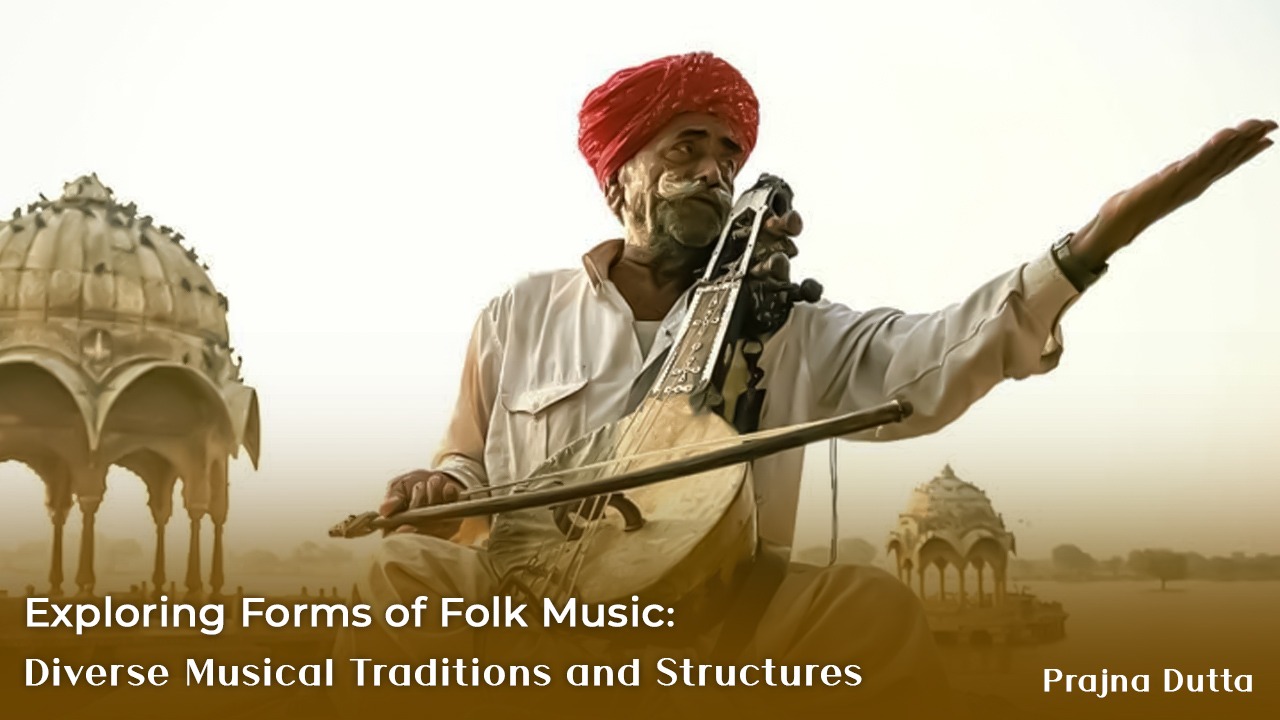Introduction:
Folk music is a genre that reflects the cultural heritage and traditions of a particular region or community. Rooted in oral traditions and passed down through generations, folk music encompasses a wide variety of forms and structures that vary across different cultures and regions. In this article, we will delve into some of the common forms of folk music, highlighting their unique characteristics and providing examples from various folk traditions around the world.
1. Ballad Form:
The ballad is a narrative form of folk music that tells a story through verse. Ballads often have a simple and repetitive structure, with a distinctive melody that accompanies the lyrics. These songs typically recount tales of love, tragedy, or historical events. An example of a ballad form in folk music is "Barbara Allen," a traditional ballad that has been passed down through oral tradition in various versions across different cultures.
2. Call and Response:
Call and response is a musical form found in many folk traditions, where a leader sings or plays a phrase that is then echoed or answered by a group of singers or musicians. This interactive form creates a sense of community and participation among performers and listeners. Call and response can be heard in various folk music styles, such as African-American spirituals, work songs, and traditional music from cultures around the world.
3. Strophic Form:
Strophic form is a simple and repetitive musical structure where the same music is repeated for each verse of the song, with different lyrics. This form allows for easy memorization and lends itself well to storytelling and conveying emotions through the lyrics. Many traditional folk songs, such as "Scarborough Fair," follow a strophic form, with the same melody repeated for each verse while the lyrics change.
4. Dance Forms:
Folk music often includes dance forms that are accompanied by specific rhythms and melodies. These dance forms vary across cultures and regions, ranging from lively reels and jigs in Celtic music to the intricate footwork of flamenco in Spanish folk music. Dance forms in folk music provide a rhythmic and energetic expression of cultural identity and community celebration.
Conclusion:
Folk music is a diverse and vibrant genre that reflects the rich tapestry of human experience and cultural traditions. The various forms and structures found in folk music offer a window into the heritage and storytelling traditions of different communities around the world. By exploring the ballads, call and response songs, strophic forms, and dance forms of folk music, we can appreciate the enduring power of these musical traditions to connect people, preserve history, and celebrate the shared human experience.

pxKXLPgiDuUdBzQ
pxKXLPgiDuUdBzQ